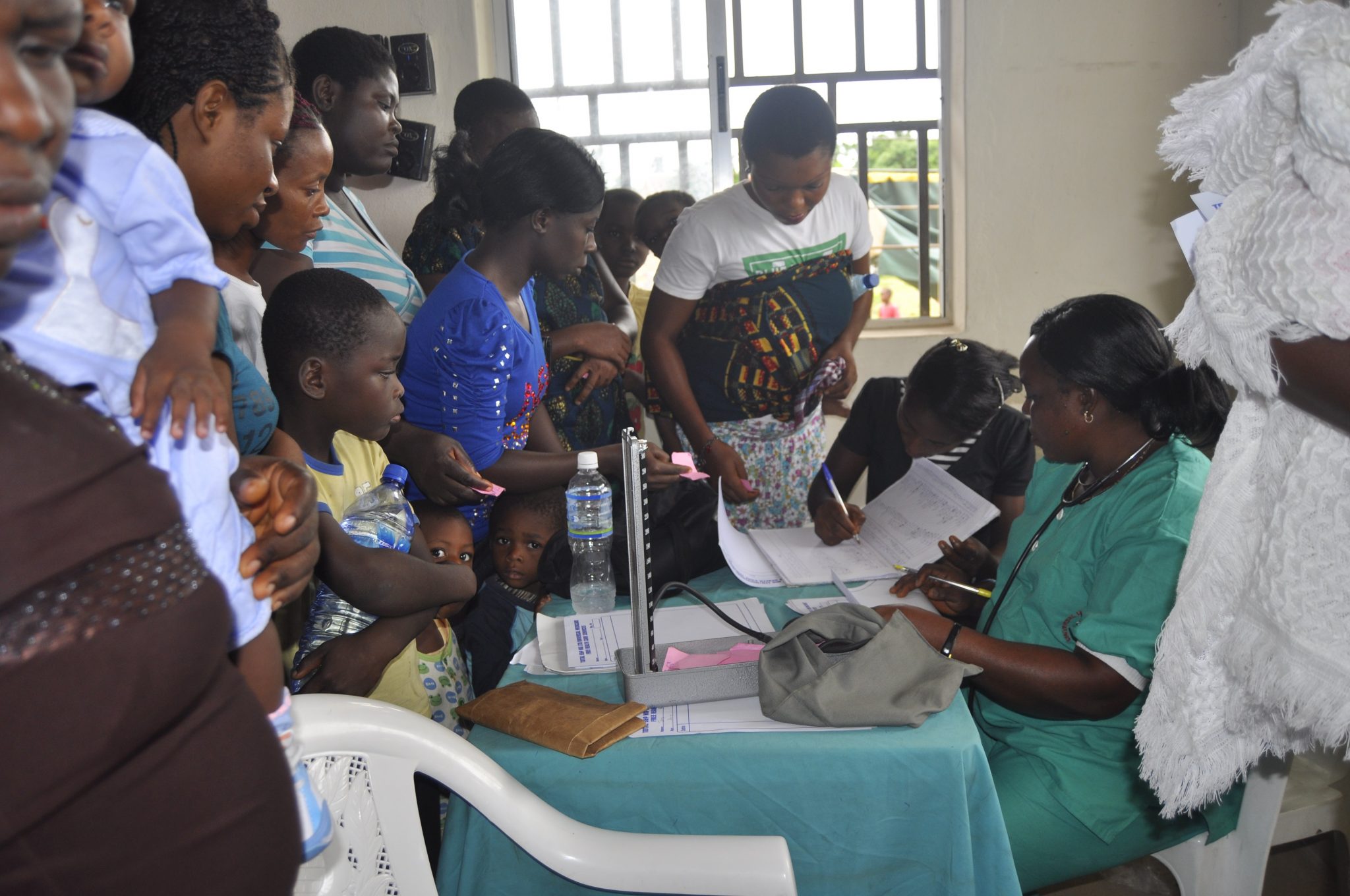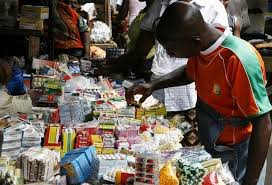NACA Seeks Prevention Of New HIV Infections
The outcome of the preliminary findings of the Nigerian HIV/AIDS Indicator and Impact Survey, NAIIS, has revealed that HIV prevalence was highest among women aged 35 and 49 with 3.3 percent and males aged 50 and above with 2.0 percent.
However, the National Agency for the Control of AIDS, NACA has called for concerted efforts towards preventing new infections among Nigerians, particularly, among unborn, newborn, youths, adolescents, and sexually active adults as well as those exposed environmentally.
Presenting the outcome of the report in a presentation entitled: Trends of HIV Epidemic in Nigeria: NAIIS Results and the Way Forward to the media in Lagos, Dr Amanze Ogbonna explained that the 2018 NAIIS impact survey showed significantly higher prevalence in females with 1.9 percent than that of males with 0.9 percent.
Ogbonna who explained that before NAIIS survey the country in 2017 was parading 3.1 million people living with HIV/AIDS said the latest survey showed a drop to estimated 1.9 million people.
The report also put the current national HIV prevalence at 1.4 percent. (15-49 years), with a total estimated 1.9 million persons living with HIV in Nigeria.
Ogbonna however said that although the country recorded viral load suppression of 42.3 percent among 15-49 years ages , it is far from achieving the 90-90-90 targets of the UNAIDS by 2020. According to him, there is need for the country to double efforts towards achieving at least 90 percent viral load suppression by 2020.
“There is need to put in place measures to suppress the virus in those who are infected in order to avert new infection, and reduce morbidity and mortality.” Stating that previous household studies, HIV prevalence in Nigeria varies among states with conflicting estimates in some states, he explained that the key populations most affected by HIV in Nigeria are sex workers, with an HIV prevalence of 14.4 percent, men sleeping with men, with an HIV prevalence of 23 percent and PWID, with an HIV prevalence of 3.4 percent.
On HIV incidence distribution among States in Nigeria, he said nine States in the country has what is considered high prevalence of 2.0 percent and above with Akwa Ibom topping the chart with 5.5 percent.
He explained that all states in the North-West, except for Kaduna have low HIV prevalence.
While all states in the South West, with the exception of Lagos and Ogun also have low HIV prevalence.
‘In terms of geographical distribution, the estimated number of persons living with HIV is highest in the SS zone, followed by the NC zone and least in the NE zone,” he stated.
Continuing Ogbonna said there is need to prevent new HIV infections by putting up measures to protect all those at risk, including the unborn, newborn, youth, adolescents, and sexually active adults as well as those exposed environmentally.
”We must also provide care and support to improve the quality of life of People living with HIV, ensuring youth, adolescents, and sexually active men and women are functionally knowledgeable, “HIV-competent” citizens- this is critical to the success of these strategic thrusts.”
He said to attain the UNAIDS 90-90-90 targets, there is need to increase domestic funding for HIV/AIDS in Nigeria as well as advocate to foreign donors to keep supporting HIV/AIDS response until the country finally win the battle over the monstrous epidemic. ”There is also the need to explore local production on antiretroviral drugs, integrating HIV services into existing government health programmatic and financing strategies.
Among the States, prevalence ranged from Abia (2.1 percent) to Rivers (3.8 percent) Group B States: Eleven States plus the Federal Capital Territory (1.6%) have medium prevalence between 1.0 percent and 1.9 percent, including Borno (1.2 percent, Gombe (1.3 percent), Adamawa (1.2 percent), Kaduna(1.1 percent), Plateau (1.6 percent), Imo (1.8 percent), Edo (1.9 percent), Delta (1.9 percent), Bayelsa (1.9 percent), Lagos (1.4 percent), and Ogun (1.6 percent). On states with the lowest prevalence or below 1.0 percent, he listed Kogi; Kwara; Ondo; Osun; Oyo; Ebonyi; Niger; Ekiti; Kebbi; Kano; Yobe; Zamfara; Bauchi; Sokoto; Jigawa; and Katsina.



